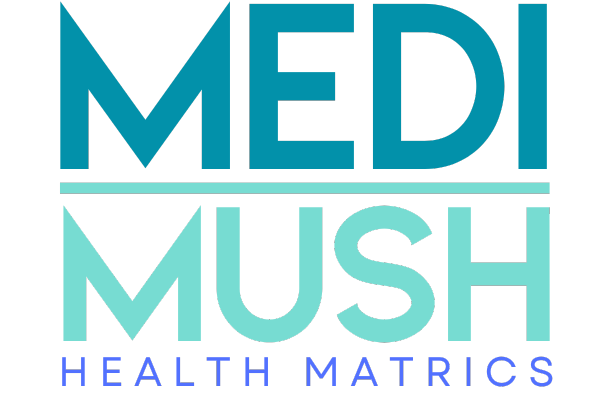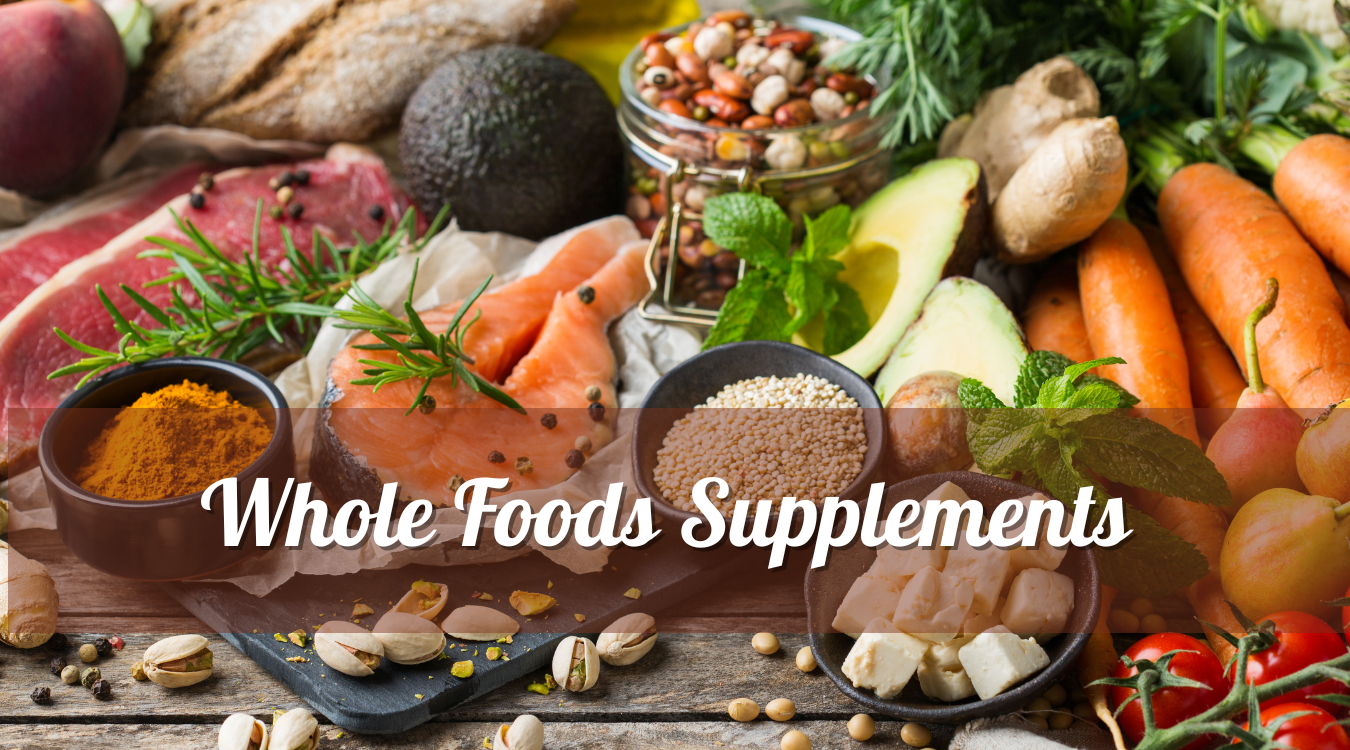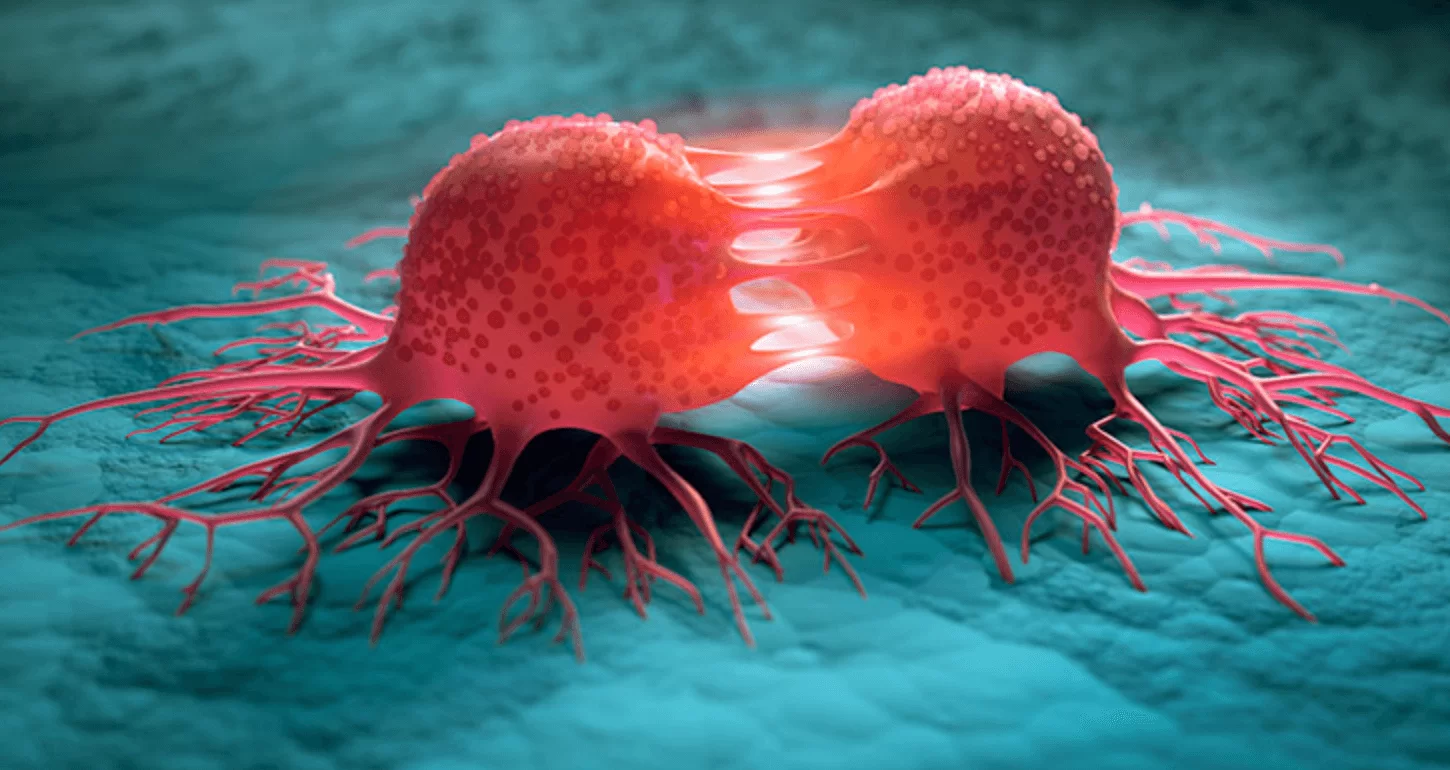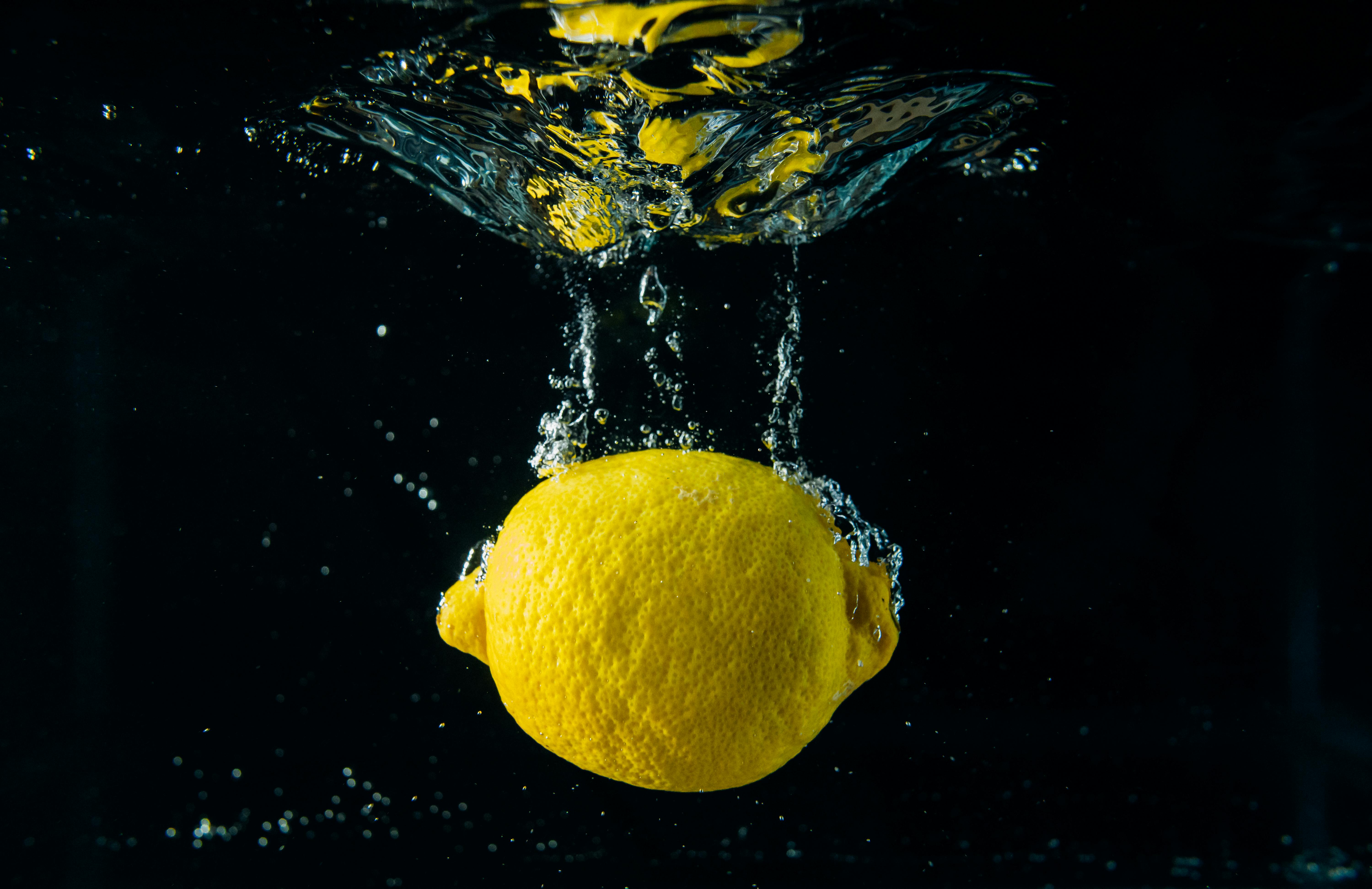
One of the biggest health problems around is iodine deficiency. A massive percentage of people are thought to be deficient in iodine – as many as 97%, which is a big indicator that our diets are not nearly as balanced as they should be. In some areas of the world, people have a lot more iodine in their diet; for instance, the Japanese consume a lot of seafood products and seaweed products (such as kelp, which contains high levels of iodine), but in the West, we don’t really go for those kinds of foods much. It is possible to get iodine from food sources we are familiar with here, but going by the statistics, we aren’t really eating enough of them. It is possible to supplement iodine, but it is important to note that there are different types, and it is impossible to consume those used for topical application that can be bought in pharmacies. The two types of iodine that we can drink for health benefits are Nascent iodine and Lugol’s iodine.
Iodine has many health benefits.
Iodine deficiency can lead to many different diseases and conditions, some of which are very serious and potentially fatal. Iodine is necessary to keep the thyroid gland healthy (thus protecting it from radiation and helping the body to maintain a healthy weight). It helps thyroid problems like hypothyroid and hyperthyroid disorders and goitre; another issue that it can treat is fibroids and cysts of all kinds. Because the thyroid will function correctly with sufficient amounts of iodine, it can then effectively regulate the weight, leading to unwanted fat loss. When you have enough iodine, you are less likely to suffer from diabetes, constipation, high blood pressure, and cancer. It has the power to fix many of the body’s health issues, so if you find that you are deficient, this might be the answer to many of your current health problems – even those that we have come to accept as normal, like brain fog and lethargy. A lack of iodine is thought even to reduce the IQ; you can look forward to clear thinking and more productivity if you get your levels in balance. Iodine cleans the blood, gives us energy, and aids in relaxation by reducing nervous tension. The list of benefits doesn’t end there: iodine is antifungal, anti-carcinogenic, antiseptic, antibiotic, antibacterial, antifungal, anti-parasitic and antiviral.
Some common chemicals cause thyroid disorders.
Iodine detoxes toxic chemicals from the body, such as perchlorate, fluoride, bromide and mercury. Those with amalgam fillings could benefit greatly from taking iodine. Another common chemical that causes the thyroid to lose its iodine stores is chlorine, and we consume this in large amounts through common water supplies – if we are not purifying our water. Fluorine (commonly found in many tea brands) has the same effect as chlorine, and table salt (sodium chloride) is another; it doesn’t have any health benefits and is just a form of poison. Another little-known fact is that bromine is a chemical found in fire retardants on memory foam mattresses and some sofas, and it can poison the body in a big way, leading to thyroid issues. It blocks the body from absorbing iodine, which is dangerous for your health and difficult to reverse. If you smell chemicals on your bed and sofa when they’re new, there’s a good chance that they contain these chemicals, and it is necessary to check with the manufacturer as to which chemicals have been applied. One sign of bromine poisoning is tiny red dots just under the skin that look like tiny blood blisters. They are called cherry angiomas, and if you have more than one or two on the body, it could be that there is a level of bromine poisoning present in the body. Commercial bread products also contain bromine, so it might be worth monitoring your bread intake or baking your own if you don’t want to give up eating bread. For bromine poisoning, it is necessary to remove the source of the chemical from your diet or lifestyle and then increase your iodine intake. This can lead to an uncomfortable detox, but it is very important to go through this to protect the thyroid and get your iodine levels back to where they should be.
How to know if you need iodine, and how to get it
If you are not sure about your iodine levels, you can get a mineral test done to find out. Most people will find their levels below the ‘safe zone’, according to naturopaths who use such testing methods as the highly accurate Oligo mineral testing system. You can prevent deficiency by making sure you consume plenty of iodine-rich foods. Sea vegetables Ensure you get enough sea vegetables, such as kelp, arame, hiziki, kombu, and wakame. It is important to try to get the cleanest, organic sources – some commercial products (like kelp powder) have unwanted chemicals and heavy metals in them that offset the good you’re doing. Check with the manufacturer for a heavy metals report if you’re unsure. A good source of kelp is useful, though, as it has the most iodine in it by far when compared to other food sources. A tablespoon of kelp should contain around 2000mcg of iodine. Common fruits and vegetables Go for baked potatoes (skin on), as this one average-sized potato contains 60mcg of iodine. Radishes, carrots, asparagus, tomatoes, spinach, cabbage, lettuce, peas, mushrooms, onions, and rhubarb will also boost your iodine levels. Organic strawberries are great, with one cup providing around 13mcg of iodine. Bananas and cranberries are also good; cranberries are especially so (with 400mcg of iodine in 4 ounces), but the juice cartons also contain a lot of sugar, so it’s better to go for the fruit itself. Other iodine-rich food sources The jury is out on salt in general, but the less-processed kinds, like Himalayan and Celtic salt, contain plenty of iodine if you’re going to eat salt anyway. A single gram of Himalayan salt has 500mcg of iodine in it. Navy beans are an iodine-rich food source, with half a cup bringing you 32mcg. Non-vegans who supplement cod liver oil will also get some iodine from that.
Overconsumption of iodine is also dangerous.
When supplementing, you can also paint iodine solution onto the body, which will be absorbed through the skin. The longer it takes to disappear, the better your iodine levels are. So if, for example, you paint some on the inside of your arm and within two hours it has gone, you’re likely to be iodine deficient. It is important to consume the right amounts, as too much iodine is also detrimental to the thyroid gland. If you were to supplement Lugol’s iodine, for example, you would take about five drops daily in the water on a rotation of 5 days, followed by two days off. When your iodine levels return to normal, it is enough to take two drops daily on the same basis. Iodine is a very important part of a healthy diet, but many other aspects should be considered. Alkalinity is one, and it can be remedied through alkalising products. Proper hydration is another, and keeping on top of your vitamin and mineral consumption is necessary. Many people let it slide because it can be so confusing, but that’s what MediMush are here to help with. Try us.




 Getting back in touch with Earth: Why Grounding is Great for health
Getting back in touch with Earth: Why Grounding is Great for health
 6 Powerful Natural Ways to Fix Your Vision
6 Powerful Natural Ways to Fix Your Vision














